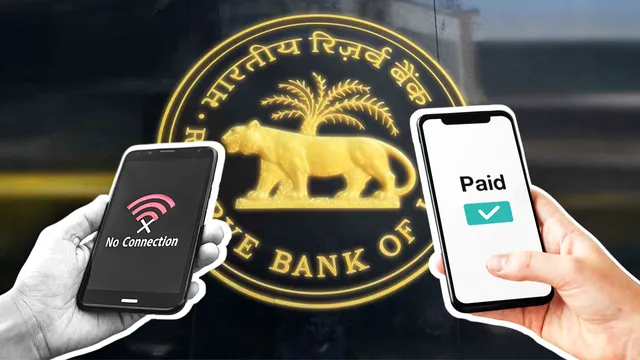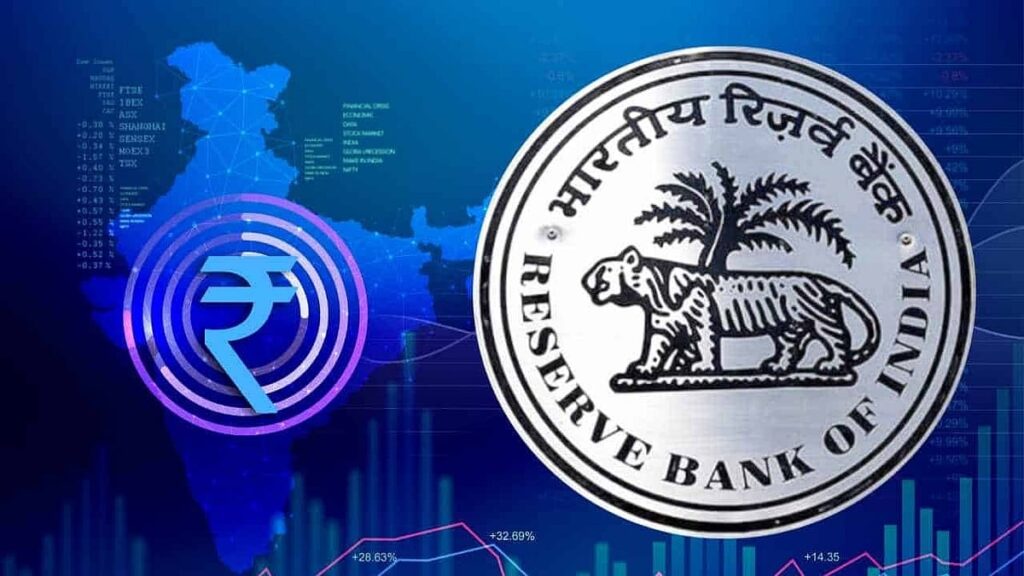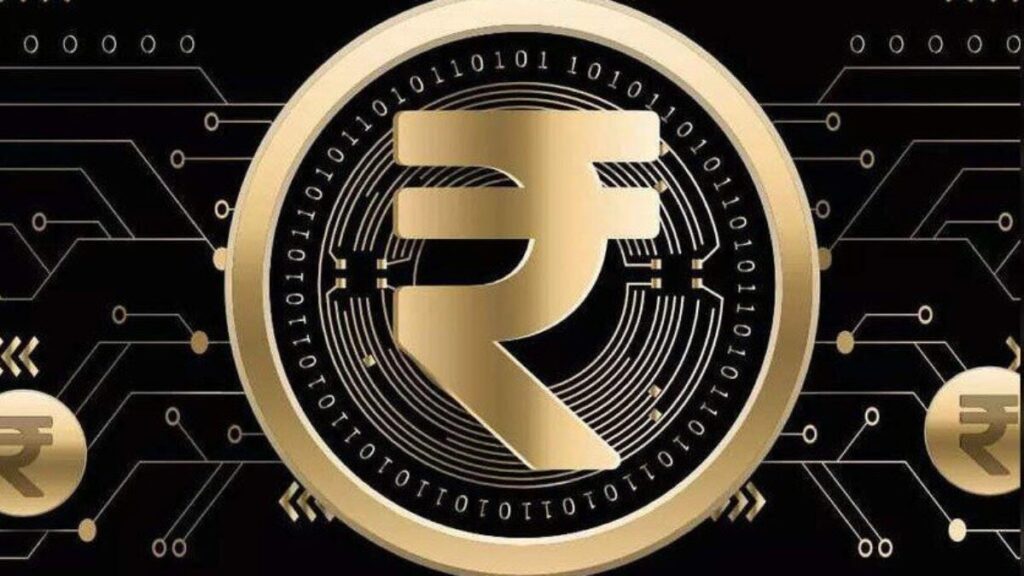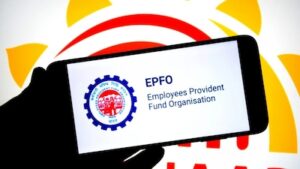Payments can now be made without internet: RBI launches ‘Offline Digital Rupee’

Payments can now be made without internet: RBI launches ‘Offline Digital Rupee’
The new feature allows users to make secure digital payments even in areas with poor or no connectivity, marking a major leap in India’s digital currency journey.
The Reserve Bank of India (RBI) has launched the offline version of the digital rupee (e₹) at the Global Fintech Fest 2025 in Mumbai. This move allows users to make payments seamlessly, even in regions without internet access — offering a digital experience that functions much like cash.
What is the digital rupee?
The digital rupee, or e₹, is India’s Central Bank Digital Currency (CBDC) — a sovereign-backed digital version of the physical rupee. Issued directly by the RBI, it carries the same value and trust as paper money. Unlike UPI, which transfers money between bank accounts, e₹ acts as digital cash. Users can store it in digital wallets offered by participating banks and make instant person-to-person or merchant payments, even offline.

Features and functionality
- e₹ wallets can scan and pay through existing UPI QR codes.
- Payments can be made without internet connectivity.
- No fees, minimum balance, or interest applies.
- Wallets are recoverable if a device is lost.
Banks offering e₹ wallets
Currently, 15 banks are participating in the retail CBDC pilot and offer e₹ digital wallets to the public, including SBI, ICICI Bank, HDFC Bank, Axis Bank, YES Bank, Kotak Mahindra Bank, PNB, and others. Users can download the respective bank’s app from Google Play Store or Apple App Store, register, and begin using e₹ for person-to-person or person-to-merchant transactions.

Why it matters
The offline e₹ feature is expected to bridge the digital divide by extending digital payments to rural and remote areas. It reinforces RBI’s commitment to promoting inclusive, accessible, and secure digital financial infrastructure across the country.












